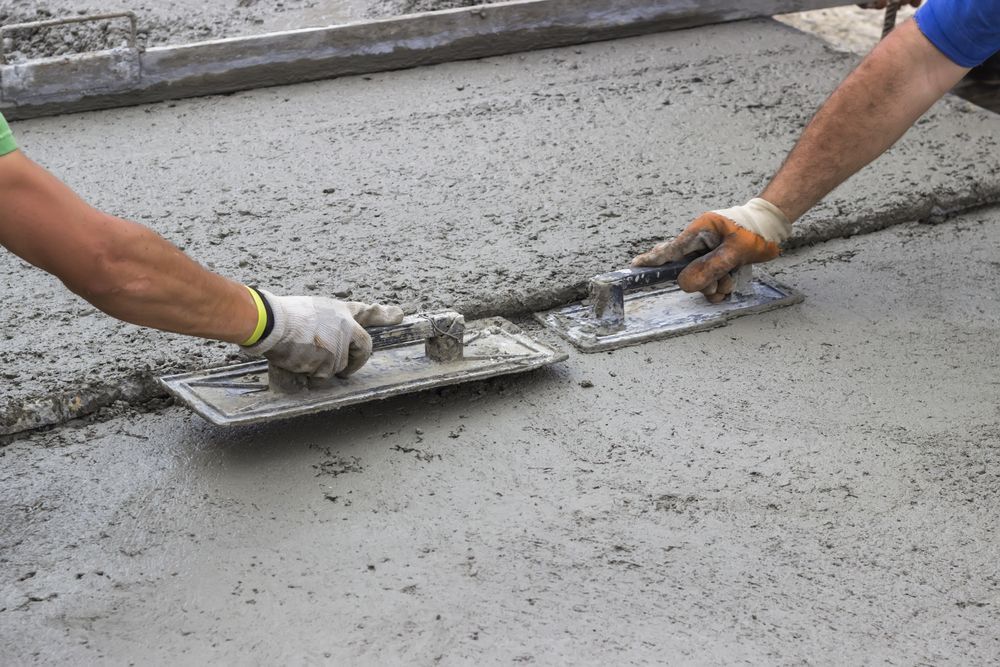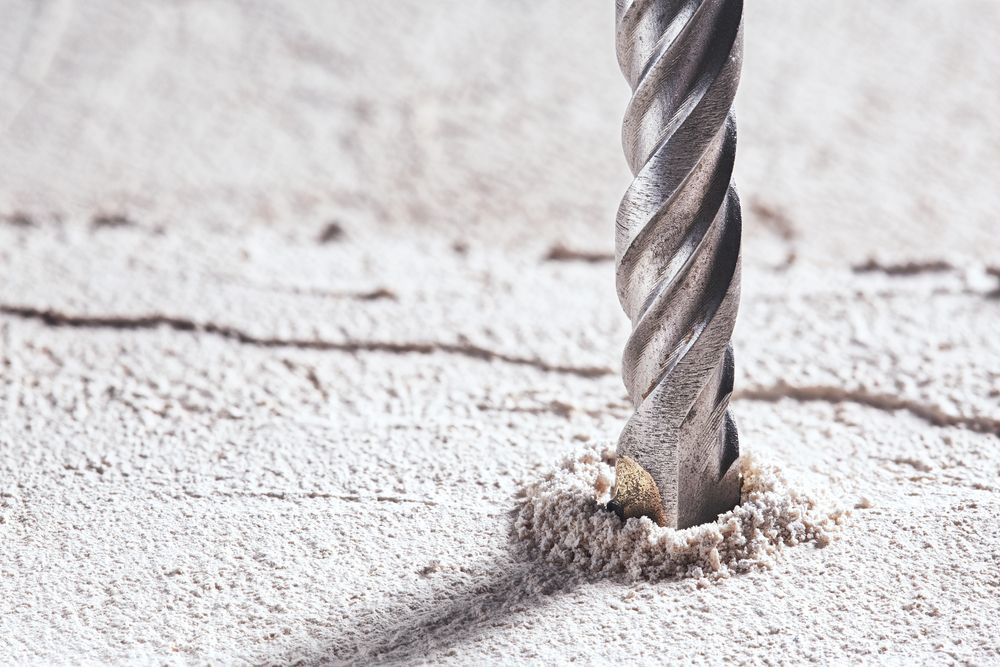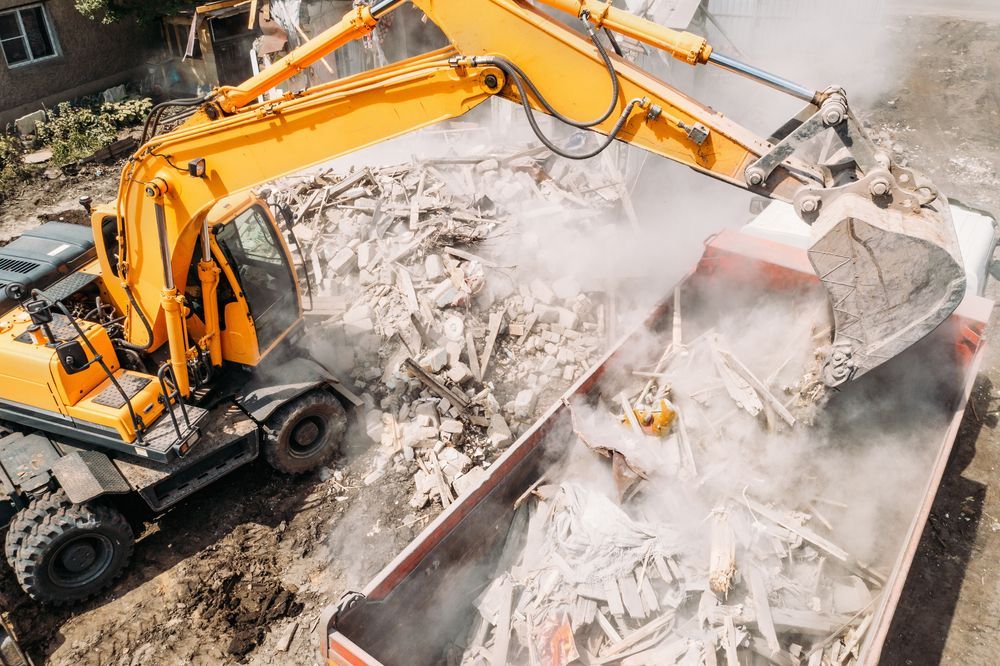How to Remove Concrete: Expert Tips for Success
Share this article:
Written by: Cobra Concrete Southeast
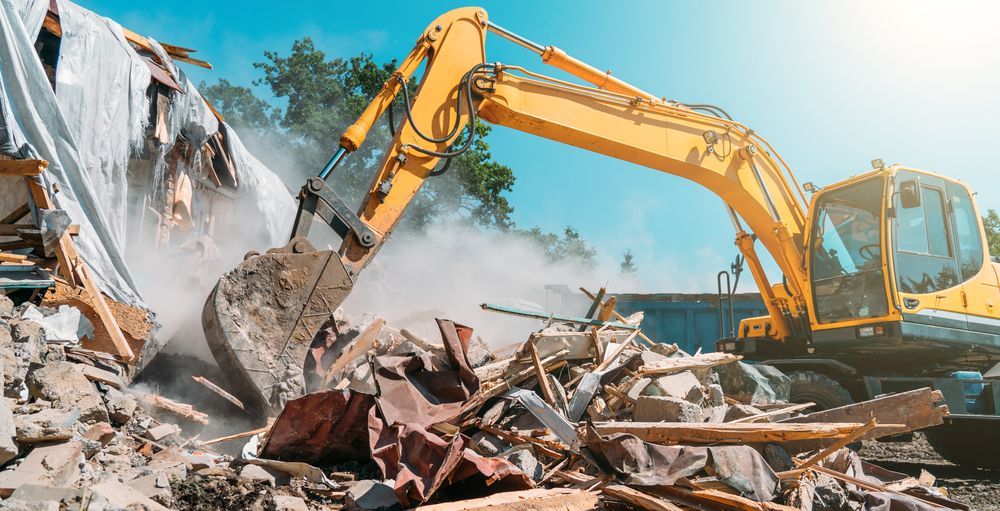
Concrete removal is often an essential step in construction, renovation, or demolition projects. Whether you’re tearing up an old driveway, removing a damaged sidewalk, or demolishing a foundation, the process requires more than just brute force—it requires strategy, the right tools, and an understanding of safety regulations.
Is Removing Concrete Difficult?
The difficulty of removing concrete depends on factors such as its thickness, composition, and whether it’s reinforced with steel rebar. Concrete is designed to be tough and durable, which means breaking it apart takes significant effort and the right tools.
For smaller jobs, like removing a small section of sidewalk or a patio slab, manual tools like sledgehammers may suffice. However, for larger or reinforced concrete projects, specialized equipment like jackhammers or robotic demolition machines is often required.
Additionally, there are safety considerations, such as protecting yourself from flying debris, avoiding damage to surrounding structures, and complying with local regulations. This is where
professional expertise becomes invaluable.
Common Types of Concrete People Remove
Concrete removal is necessary for a variety of situations. Here are the most common types of concrete that people need to remove:
Concrete Slabs
Slabs are flat surfaces like driveways, patios, garage floors, and interior flooring. Removing concrete slabs is common when they become cracked, uneven, or need to be replaced as part of a renovation.
Foundations
Concrete foundations, including footings and basement floors, are more challenging to remove because they are often thicker and reinforced with steel rebar. This type of removal typically requires heavy-duty equipment and careful planning to avoid damaging nearby structures.
Sidewalks
Sidewalk removal is a common task for property owners and municipalities. Cracked, uneven, or crumbling sidewalks are both unsightly and hazardous, making their removal a high priority.
Tools & Equipment Used to Remove Concrete
The right tools can make all the difference in safely and efficiently removing concrete. Here’s a breakdown of the most commonly used equipment:
Pickaxe
A pickaxe is useful for breaking apart thin or weakened concrete. It’s an affordable and simple tool but best suited for small jobs or as an aid in loosening debris after larger tools have done the heavy lifting.
Jackhammer
Jackhammers are a go-to tool for breaking through thick concrete. They deliver rapid, powerful blows that can chip away at even the toughest slabs. Jackhammers come in electric, pneumatic, and hydraulic models, with each offering different levels of power and portability.
Sledgehammer
For smaller, thinner slabs of concrete, a sledgehammer can be an effective manual option. Pairing it with a pry bar can help loosen and lift broken chunks of concrete for easy removal.
Pry Bar
Pry bars are useful for lifting and removing pieces of broken concrete, especially after the material has been cracked with a jackhammer or sledgehammer.
Electric Equipment
Electric demolition equipment, such as concrete saws and grinders, can be used for cutting and weakening concrete before breaking it apart. These tools are quieter and produce fewer emissions than gas-powered alternatives, making them ideal for indoor or residential areas.
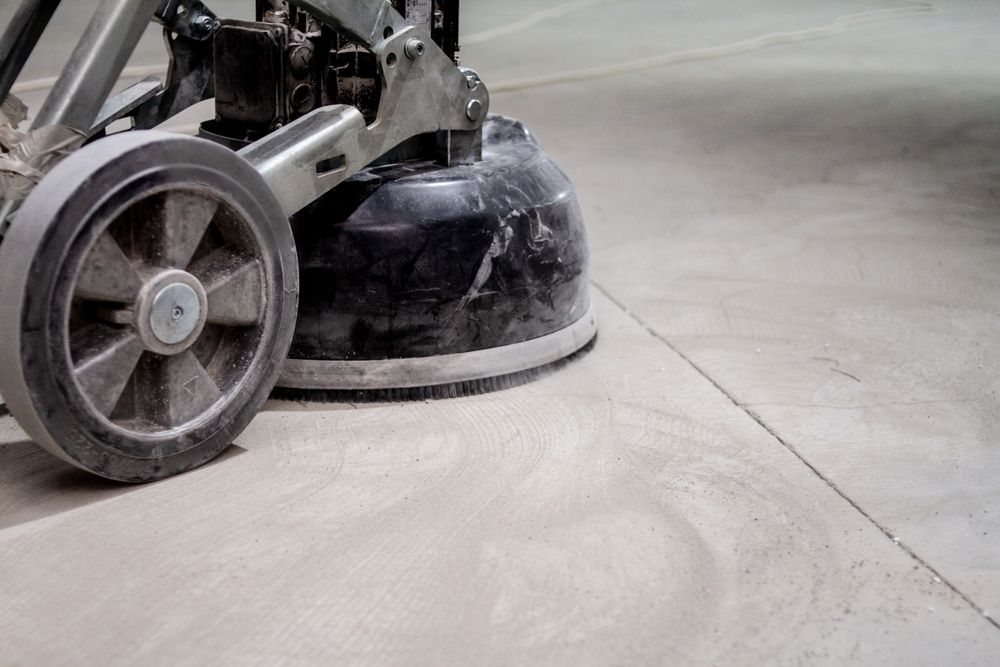
Demolition Robots
Robotic demolition equipment is a game-changer for large-scale or complex concrete removal projects. These remotely operated machines are equipped with powerful tools that:
- Break apart thick, reinforced concrete.
- Operate in tight or hazardous areas.
- Improve safety by keeping workers at a safe distance.
At Cobra Southeast, our robotic demolition services offer unparalleled precision and efficiency for even the most challenging projects.
Permits, Regulations, & Laws Surrounding Concrete Removal
Before removing concrete, it’s essential to understand local permits and regulations. Many municipalities require permits for demolition work, especially if it involves public infrastructure like sidewalks or roadways.
Failing to secure the necessary permits can result in fines or project delays. Additionally, laws may dictate how concrete debris is disposed of, as some areas require recycling or proper waste management to minimize environmental impact.
Hiring a professional contractor like Cobra Southeast ensures all legal requirements are met, saving you time and avoiding potential penalties.
The Importance of Ground Penetrating Radar
One of the most overlooked aspects of concrete removal is understanding what lies beneath the surface. Ground-penetrating radar (GPR) is a critical tool that allows contractors to scan the area and detect:
- Utilities, such as water lines, gas lines, and electrical conduits.
- Steel reinforcement, like rebar or post-tension cables.
- Voids or underground hazards.
Using GPR before breaking concrete ensures safety, prevents costly utility strikes, and avoids damage to structural elements. At Cobra Southeast, we specialize in
advanced GPR scanning, providing detailed, accurate information to guide your project from start to finish.
DIY or Hire a Professional?
When deciding whether to tackle concrete removal yourself or hire a professional, consider the following:
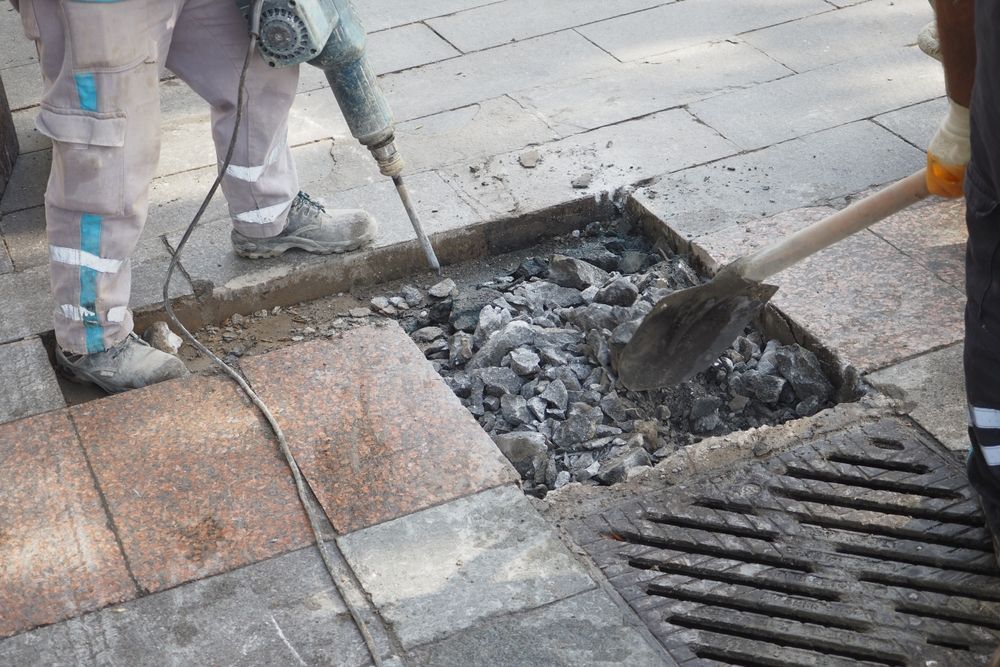
Challenges of DIY Concrete Removal
- Physical Demands: Breaking concrete is labor-intensive and requires significant strength and stamina.
- Tool Costs: Renting or buying professional-grade equipment can be expensive, especially for one-time projects.
- Safety Risks: Without proper training, you risk injury from flying debris, heavy equipment, or unstable concrete.
- Time-Consuming: DIY projects often take longer due to lack of experience and the need to learn as you go.
- Permits and Compliance: Navigating local regulations can be confusing and time-consuming.
Advantages of Hiring Professionals
- Efficiency: Professionals have the tools, skills, and experience to complete the job quickly and correctly.
- Safety: Trained crews follow strict safety protocols, minimizing risks for both workers and the job site.
- Precision: Experts use advanced equipment like GPR and demolition robots to ensure clean, controlled removal.
- Permits and Debris Disposal: Professionals handle all legal requirements and ensure debris is disposed of properly.
DIY with Confidence or Let Cobra Handle It All—Your Project, Your Way!
For small, simple projects, DIY concrete removal may be a viable option if you have the right tools and take proper safety precautions. However, for larger, reinforced, or complex projects, hiring professionals is the best way to ensure success.
At Cobra Southeast, we specialize in all aspects of concrete removal, from initial scans with ground-penetrating radar to final debris haul-offs. Our team is equipped with the latest tools, including demolition robots and electric equipment, to handle projects of any size or complexity.
Ready to get started?
Contact us today to learn more about our concrete removal and GPR services. Let Cobra Southeast show you why we’re the most trusted name in concrete solutions.

